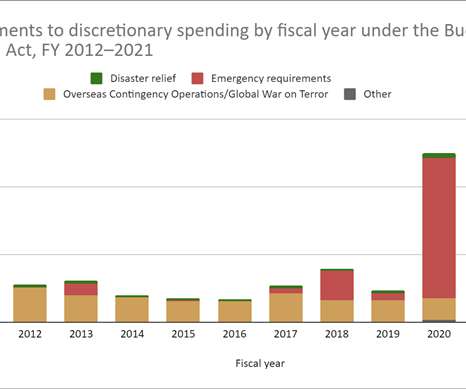Unlocking Climate Change Resilience Through Critical Event Management and Public Warning
everbridge
NOVEMBER 2, 2021
In the period 2000 to 2019, there were 7,348 major recorded disaster events claiming 1.23 The report “The Human Cost of Disasters 2000-2019” also records major increases in other categories including drought, wildfires , and extreme temperature events. So, how can public and private sectors cultivate climate change resilience?













Let's personalize your content